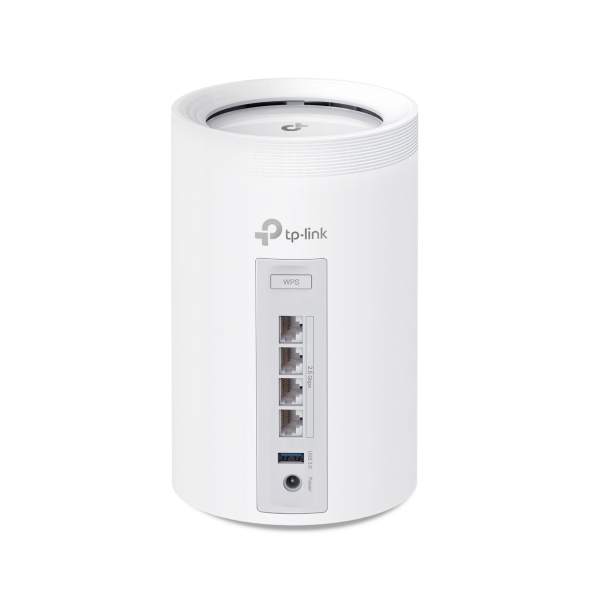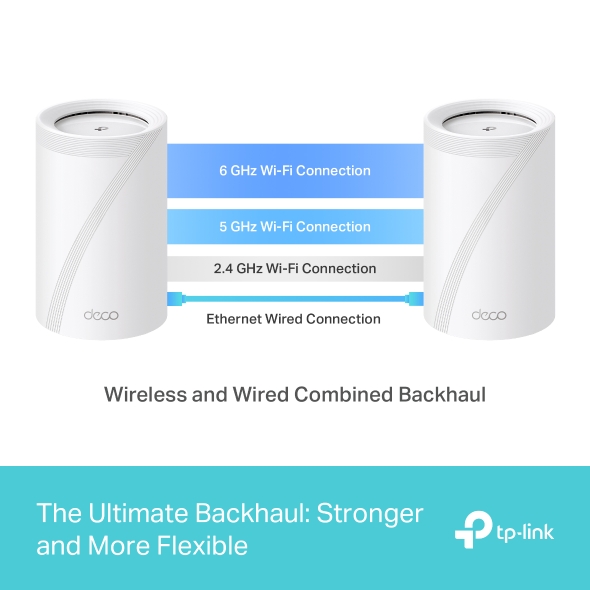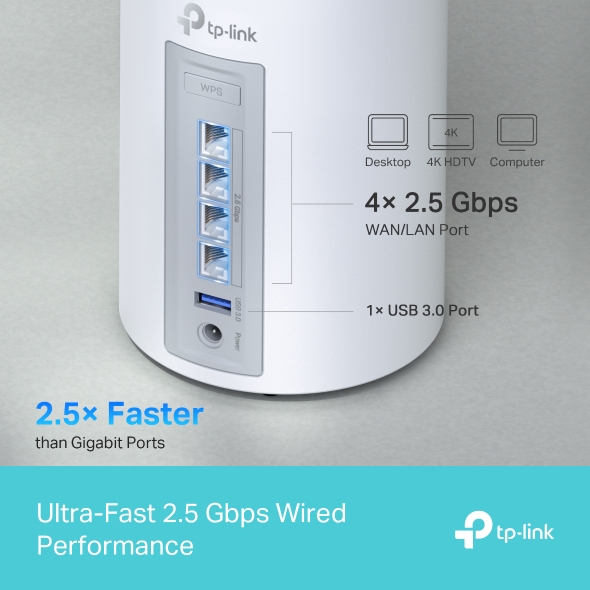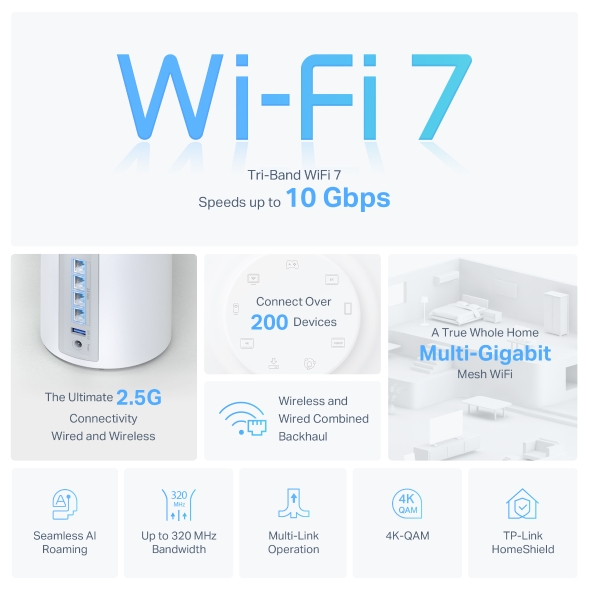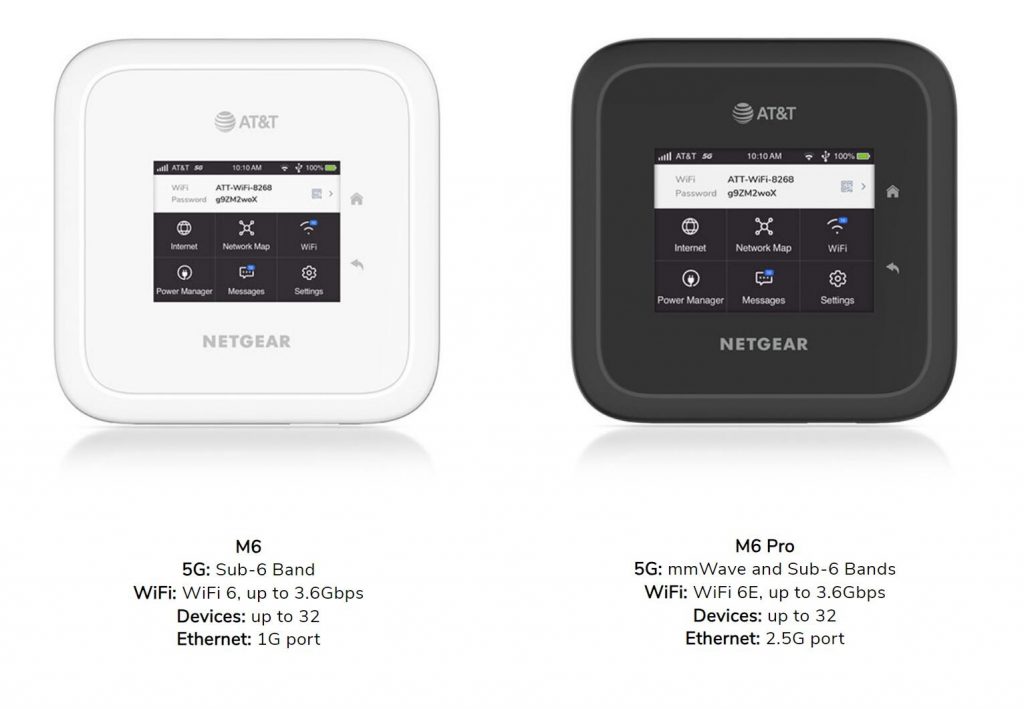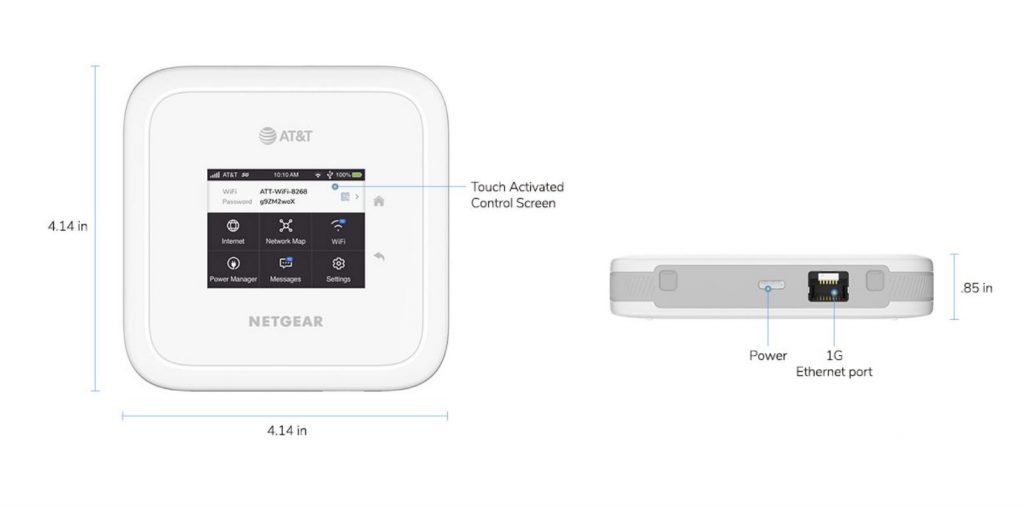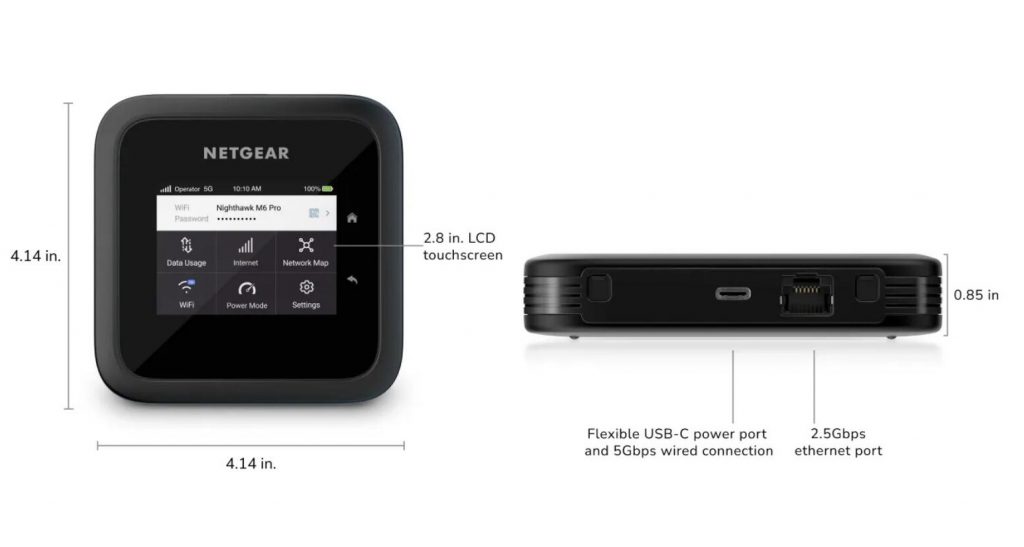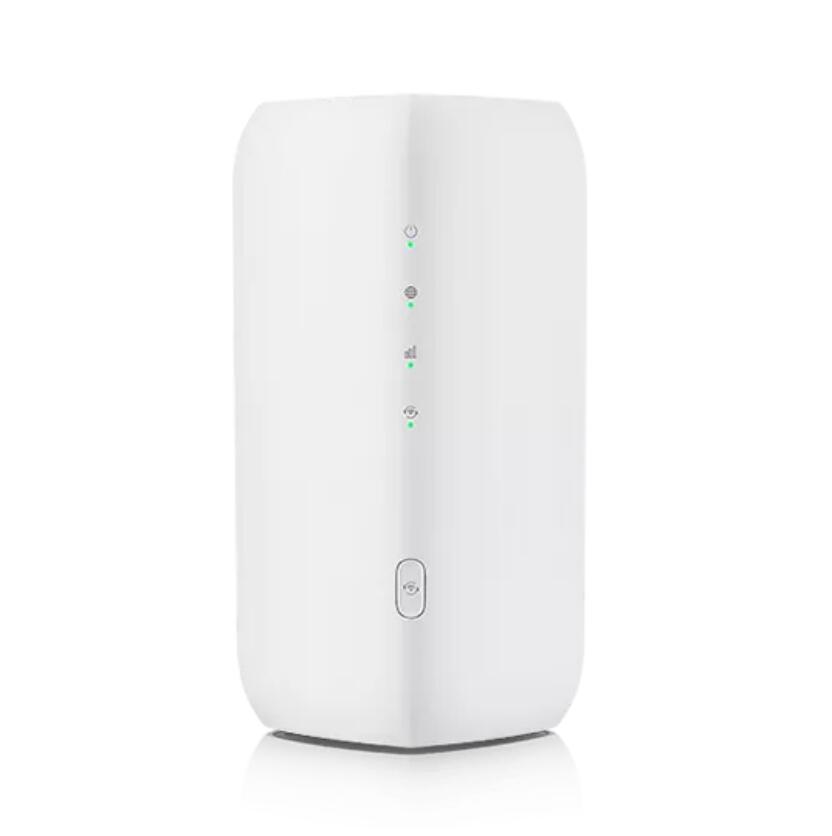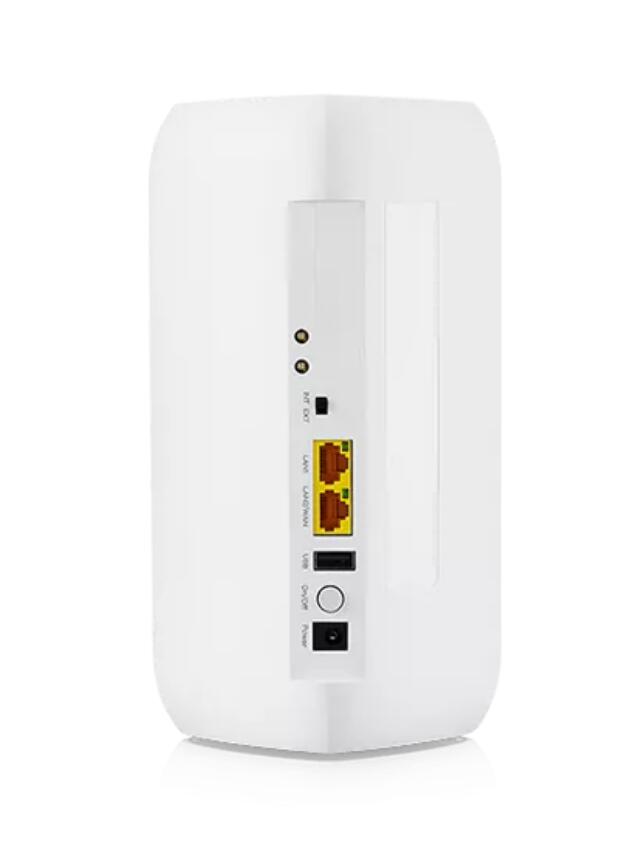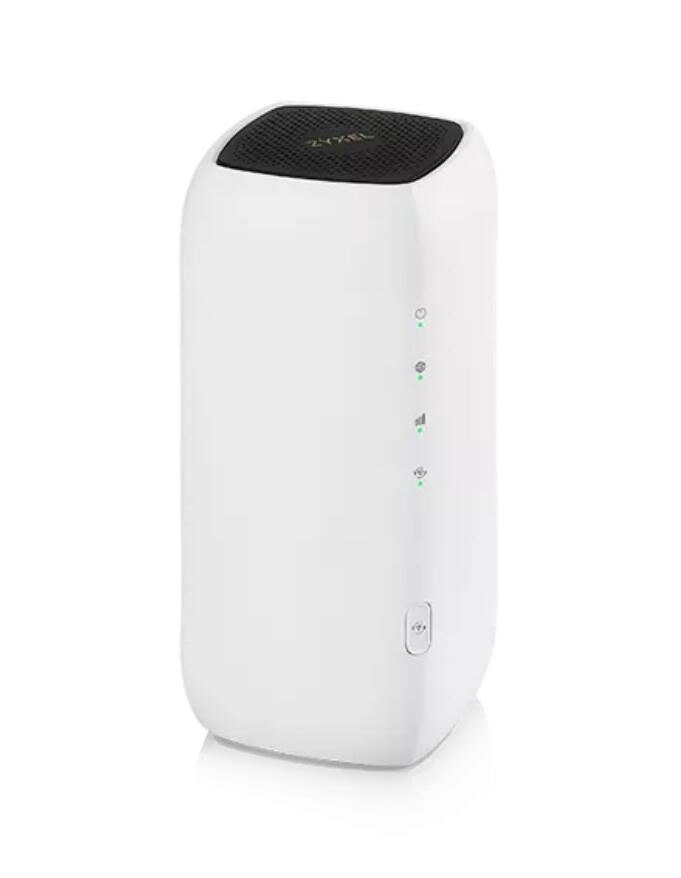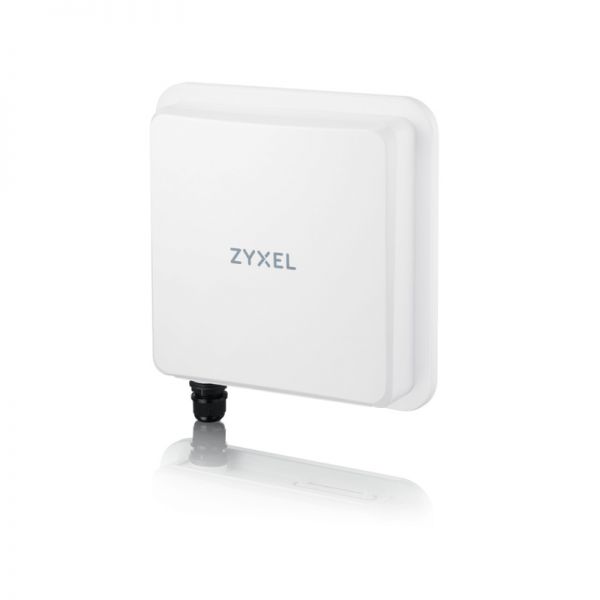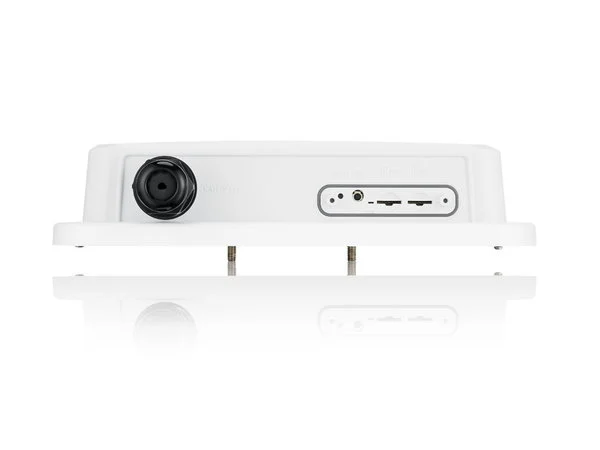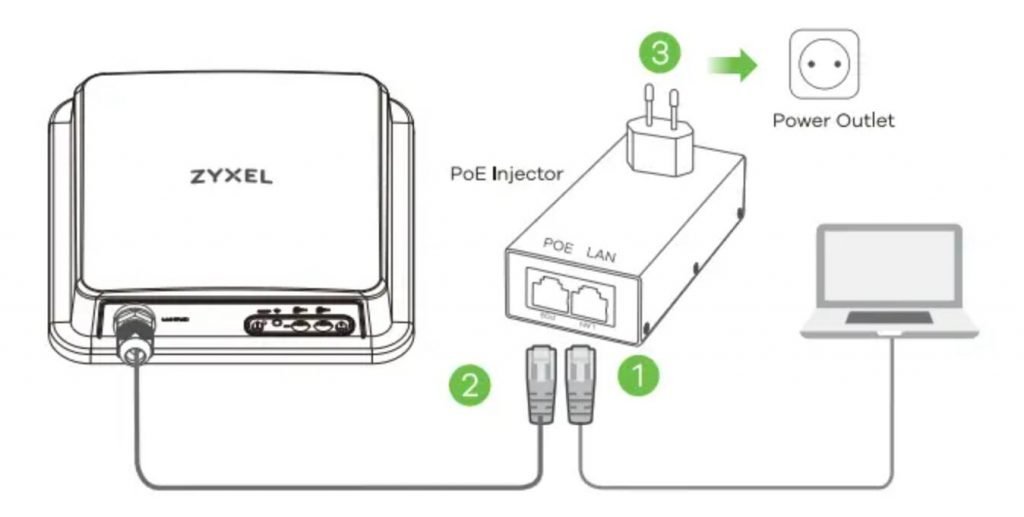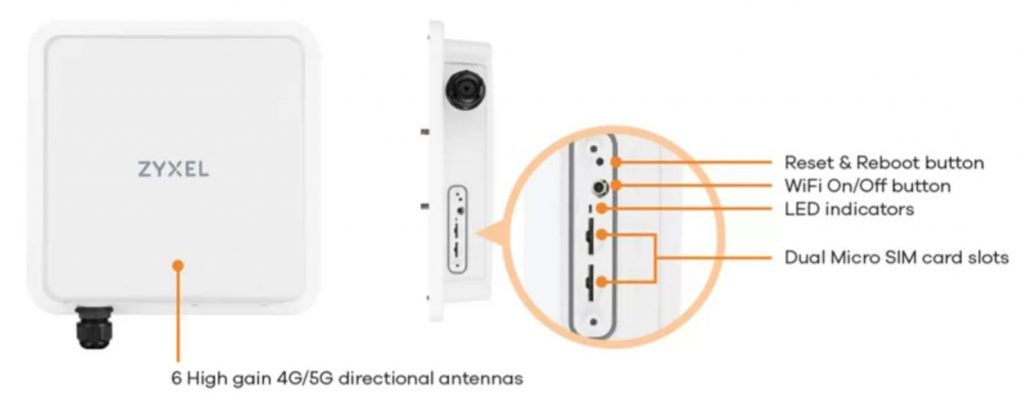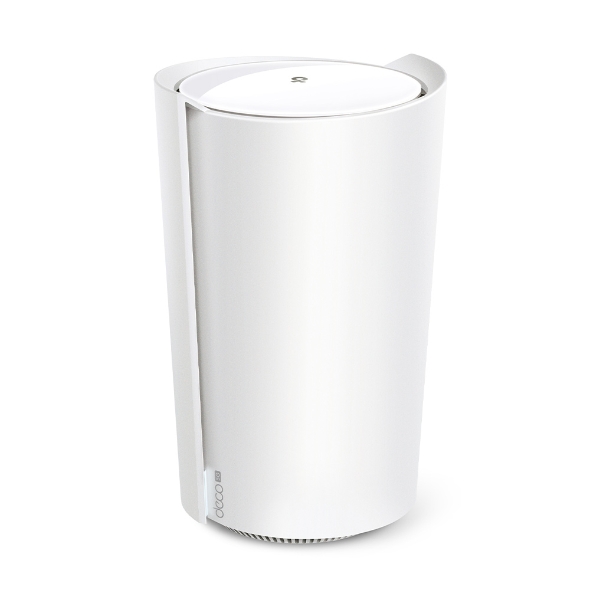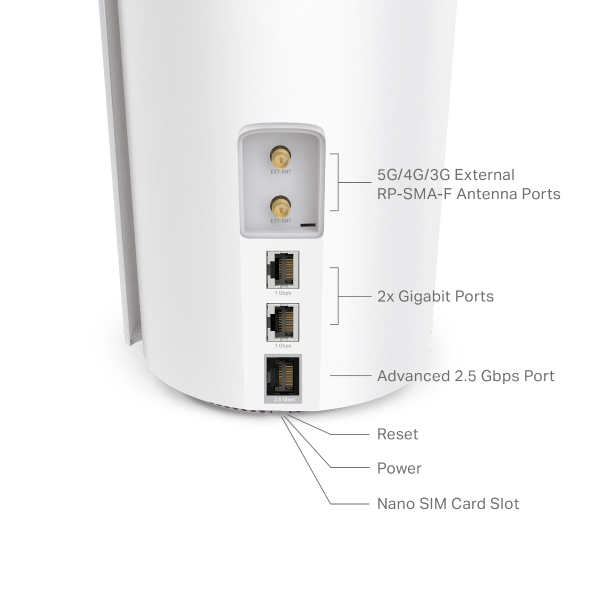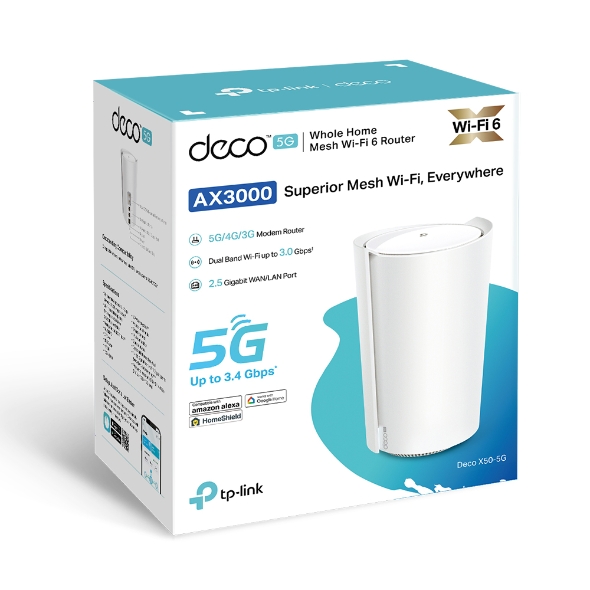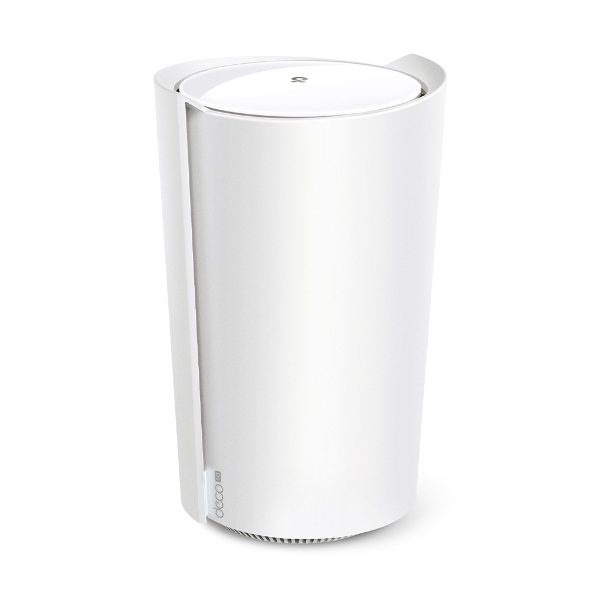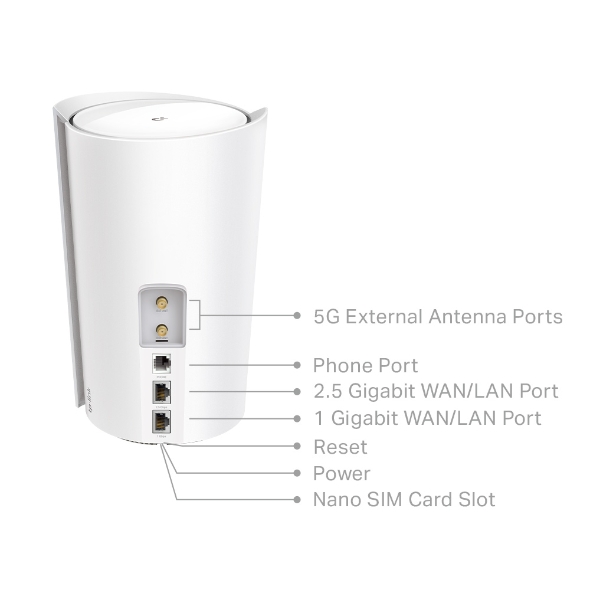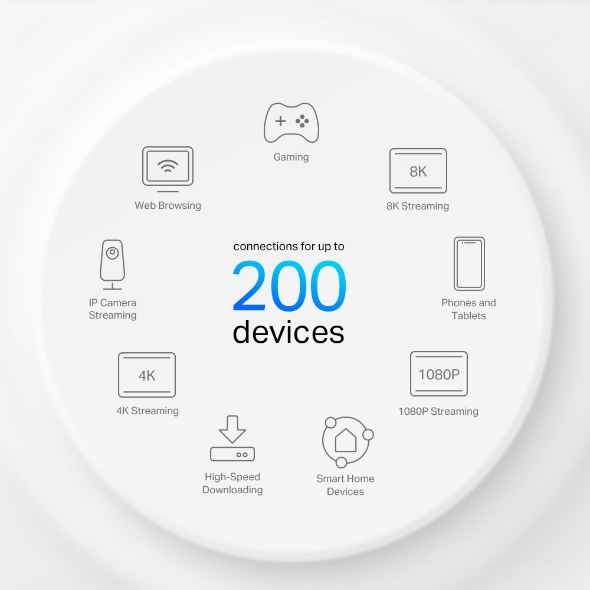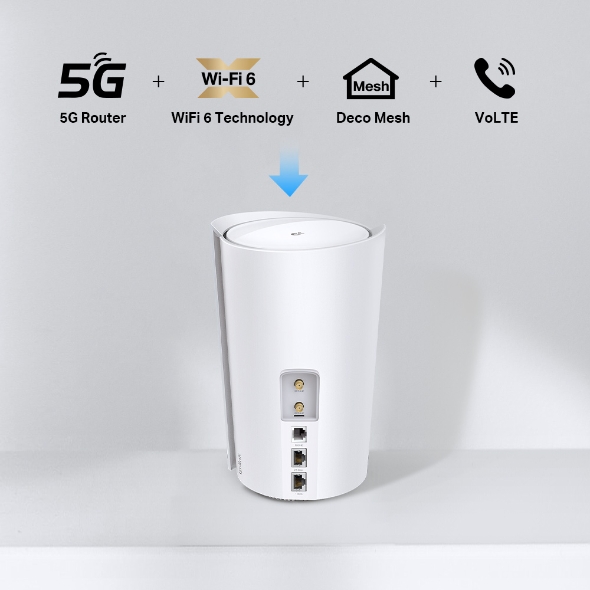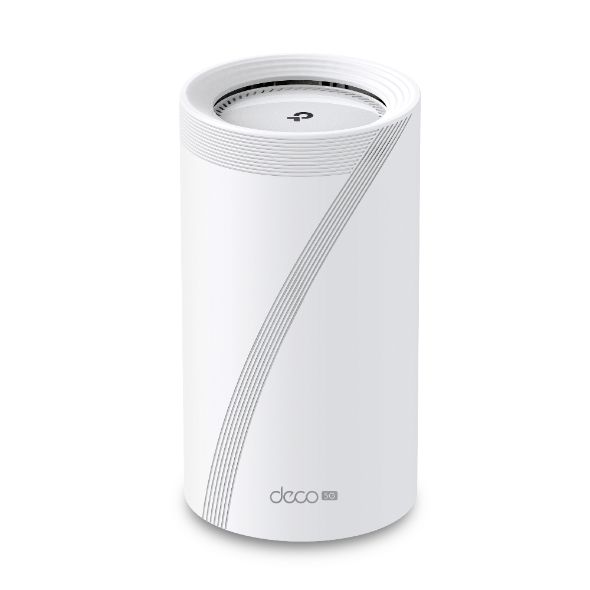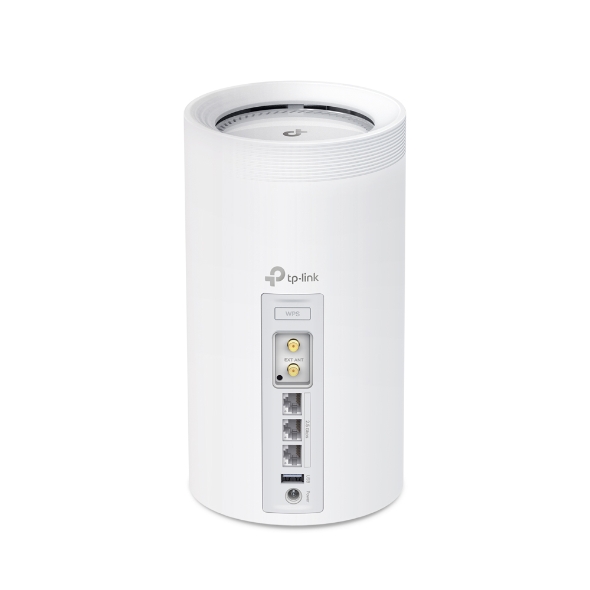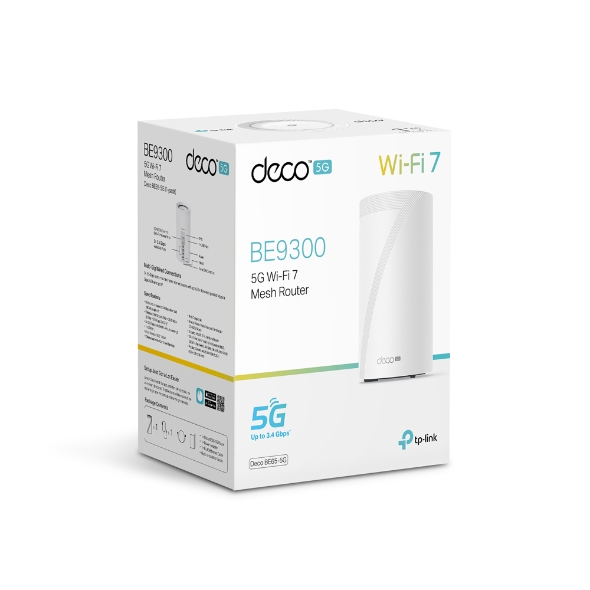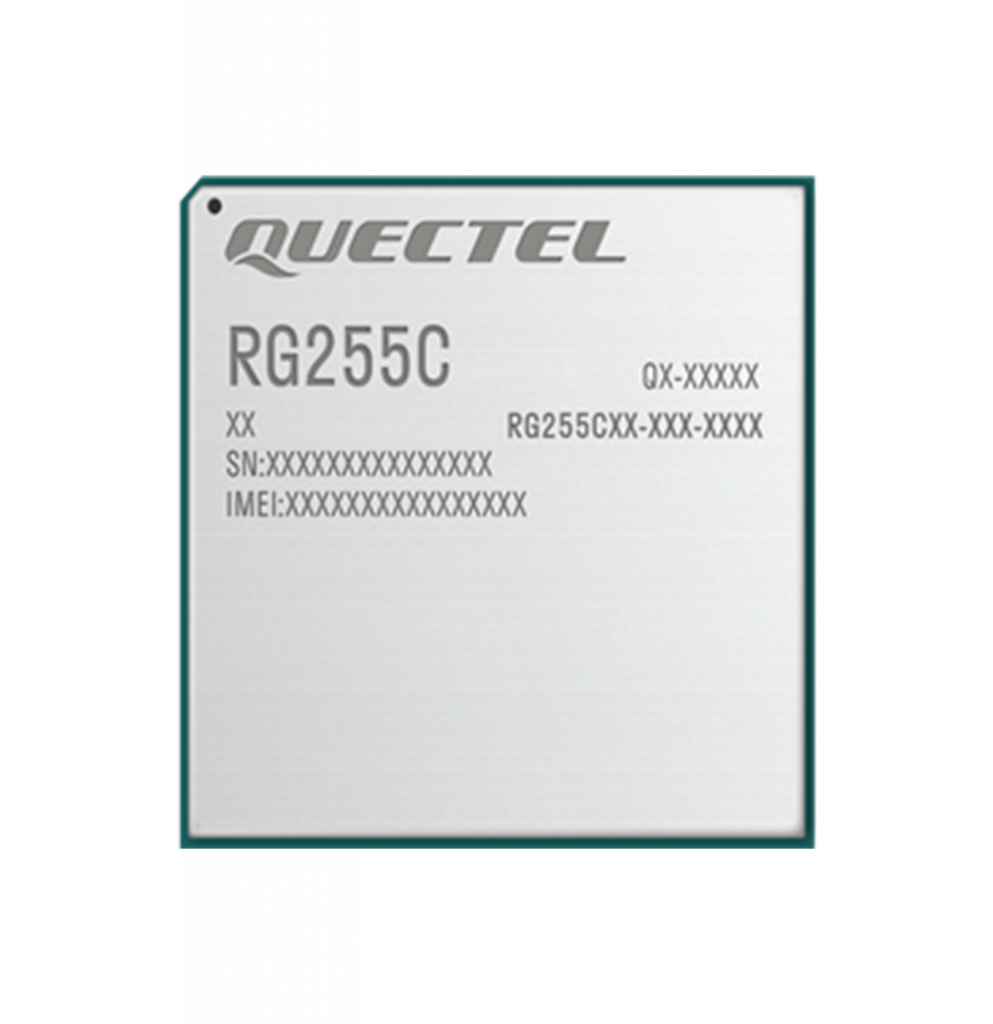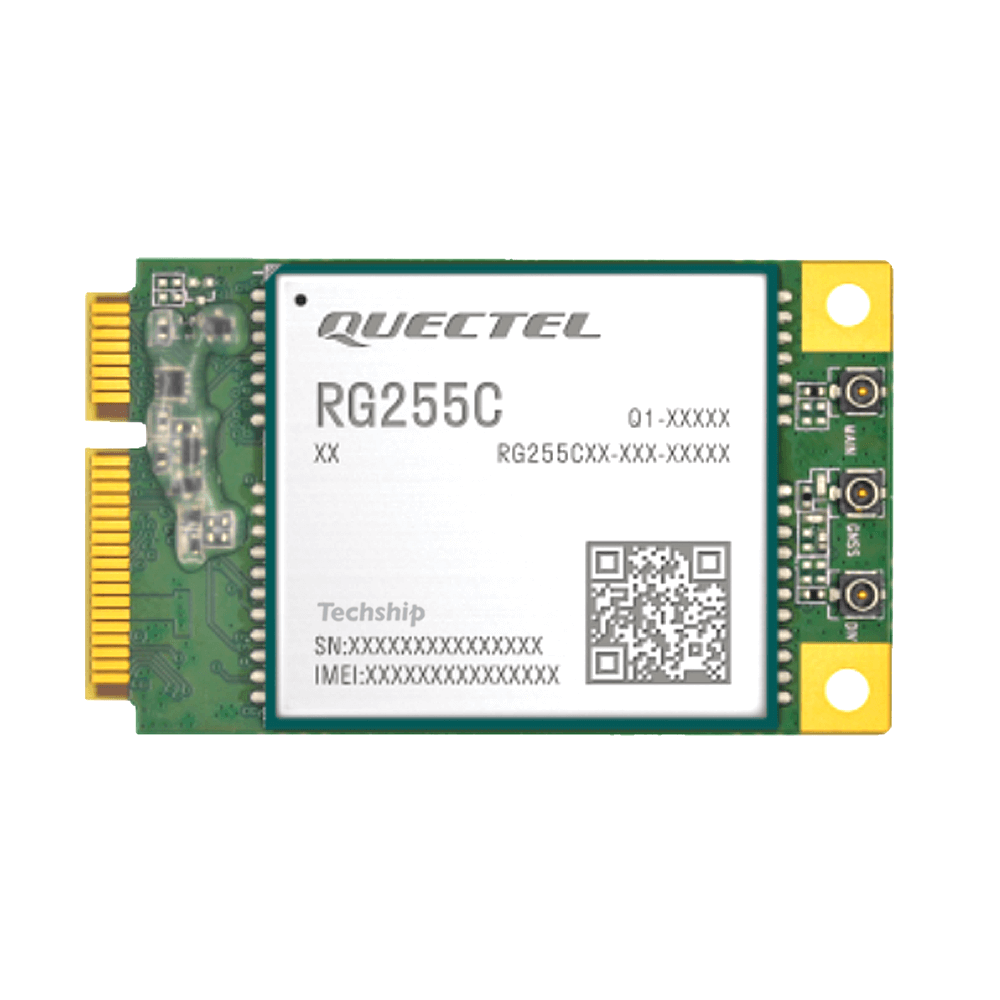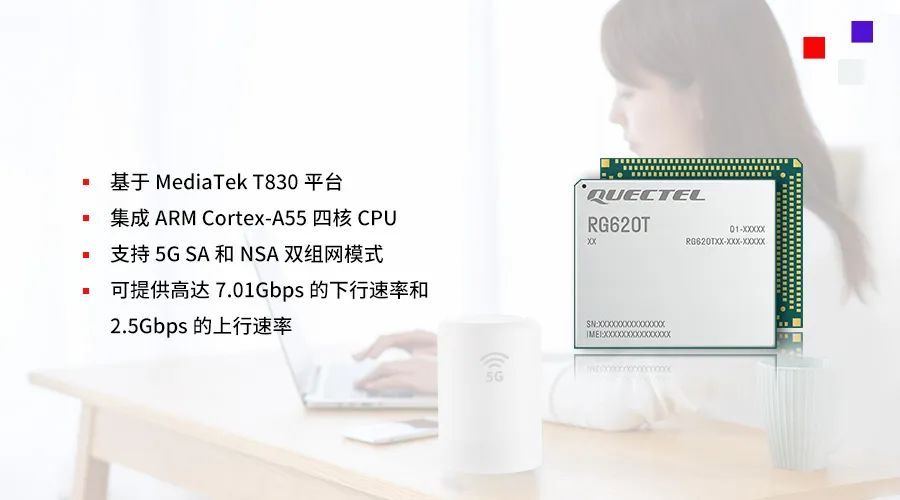Quectel RM520N-GL is a robust and versatile 5G IoT module designed for high-speed wireless connectivity in IoT and M2M applications. It supports global 5G NR Sub-6GHz bands, ensuring reliable performance across various regions worldwide. With its advanced features and compact form factor, the RM520N-GL module integrates seamlessly into a wide range of devices, from industrial equipment to consumer electronics, enabling rapid deployment and connectivity for IoT ecosystems.
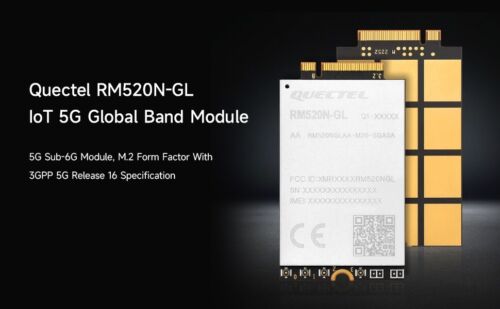
Key features and specs of the Quectel RM520N-GL include:
- Global 5G NR Sub-6GHz Coverage: The module supports multiple 5G NR Sub-6GHz bands, allowing it to operate globally with broad compatibility.
- High-Speed Data Transfer: It delivers ultra-fast data rates, supporting downlink speeds up to 4.67Gbps and uplink speeds up to 950Mbps, ensuring efficient data transmission and low latency.
- Multi-Mode and Multi-Band Support: Alongside 5G connectivity, the RM520N-GL provides extensive support for LTE-FDD, LTE-TDD, WCDMA, and GSM/GPRS networks, ensuring fallback options for areas without 5G coverage.
- Compact Design: Designed with a compact form factor and low power consumption, the module is suitable for integration into devices with space constraints while optimizing power efficiency.
- Rich Interfaces and Protocols: It features multiple interfaces such as PCIe, USB 3.1, UART, and I2C, enhancing flexibility and compatibility with various host systems and applications.
- Enhanced Security: The module incorporates advanced security mechanisms, including secure boot, secure storage, and authentication protocols, ensuring data integrity and protection against unauthorized access.
- Industrial-Grade Reliability: With robust design and industrial-grade components, the RM520N-GL operates reliably in harsh environments with temperature ranges from -40°C to +85°C and is resistant to shocks and vibrations.
- Comprehensive Software Support: Quectel provides comprehensive software development kits (SDKs) and drivers for easy integration and customization, facilitating rapid development and deployment of IoT solutions.
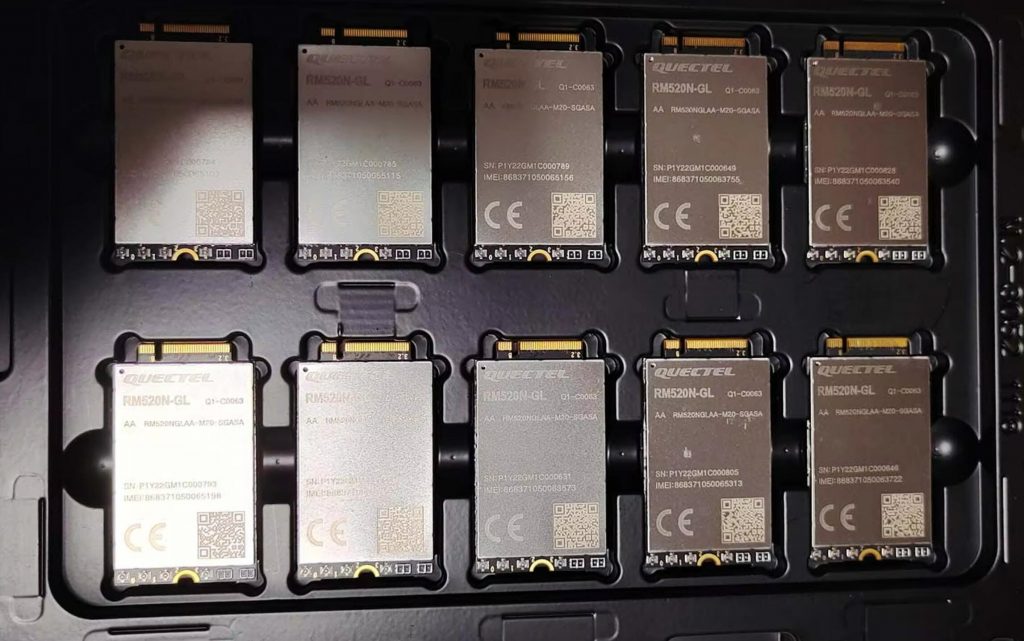
Applications for the Quectel RM520N-GL span a wide range of industries, including smart manufacturing, automotive telematics, healthcare, smart cities, and consumer electronics. Its high-speed connectivity, global compatibility, and robust design make it an ideal choice for IoT deployments requiring reliable and efficient 5G connectivity.
In conclusion, the Quectel RM520N-GL sets a new standard for 5G IoT modules with its global coverage, high-speed data transfer capabilities, compact design, and industrial-grade reliability. The Quectel 5G Module empowers businesses to innovate and deploy next-generation IoT solutions with confidence, leveraging the transformative power of 5G technology.
